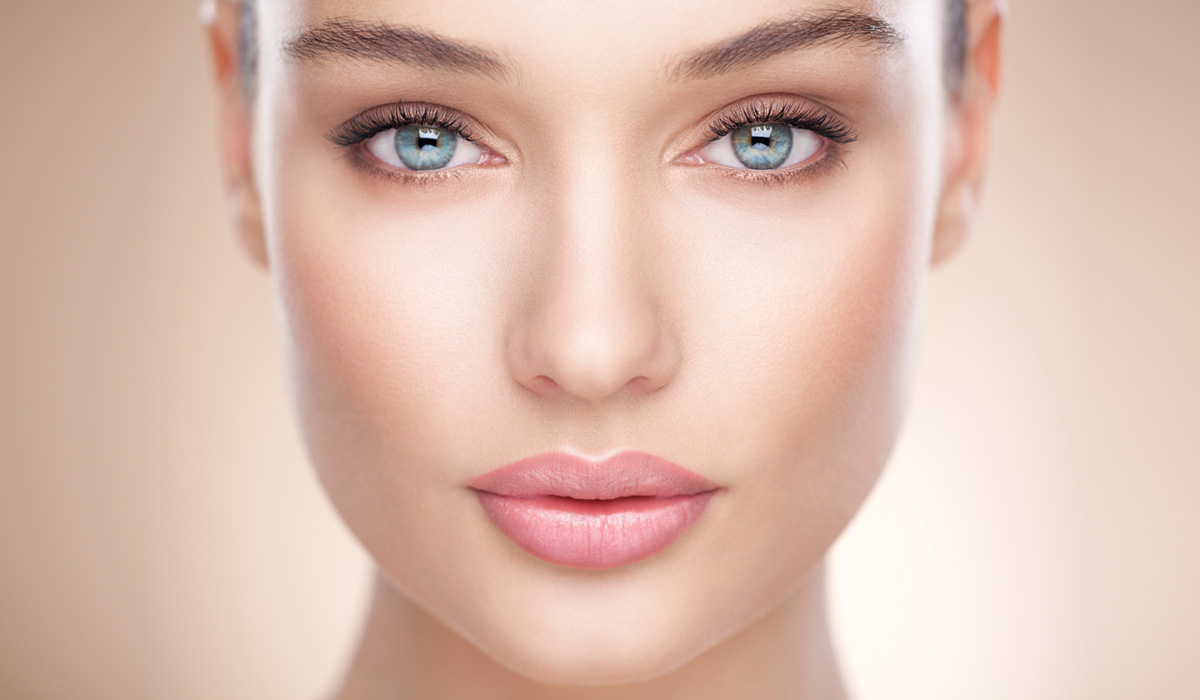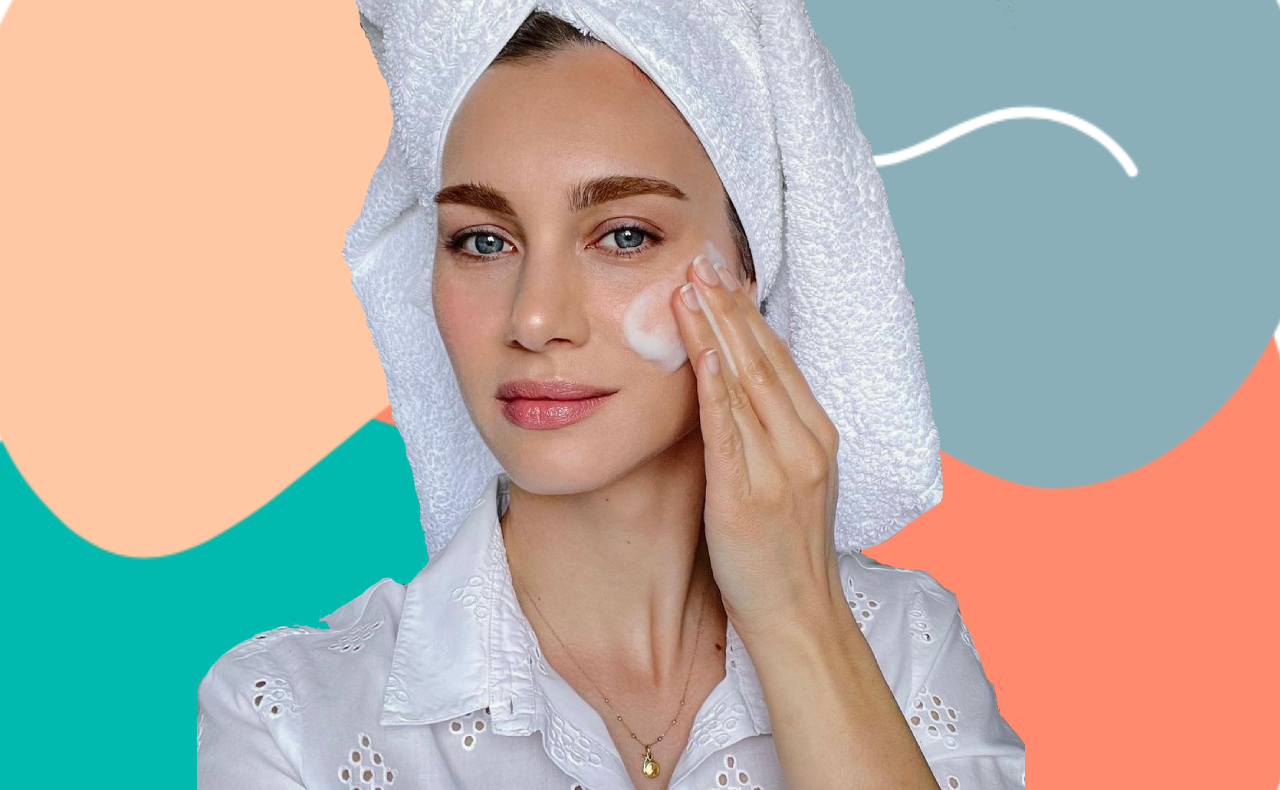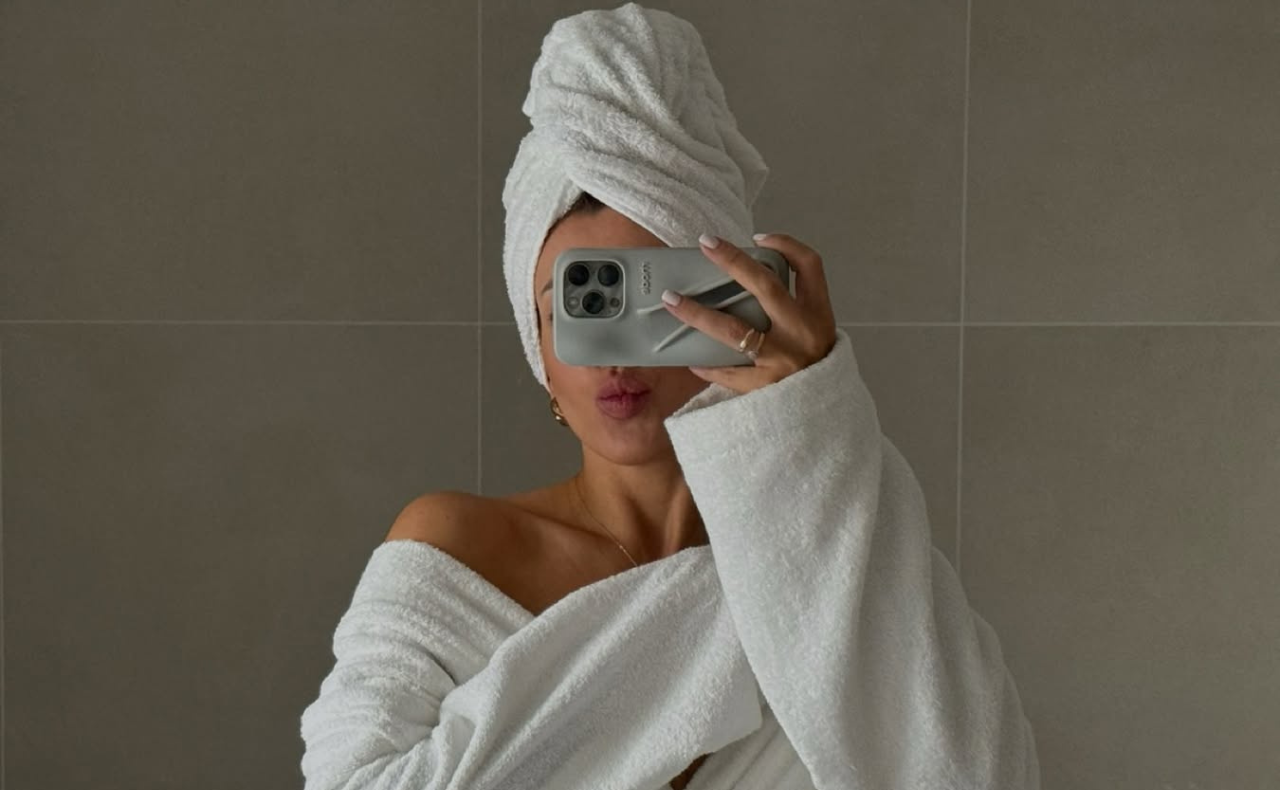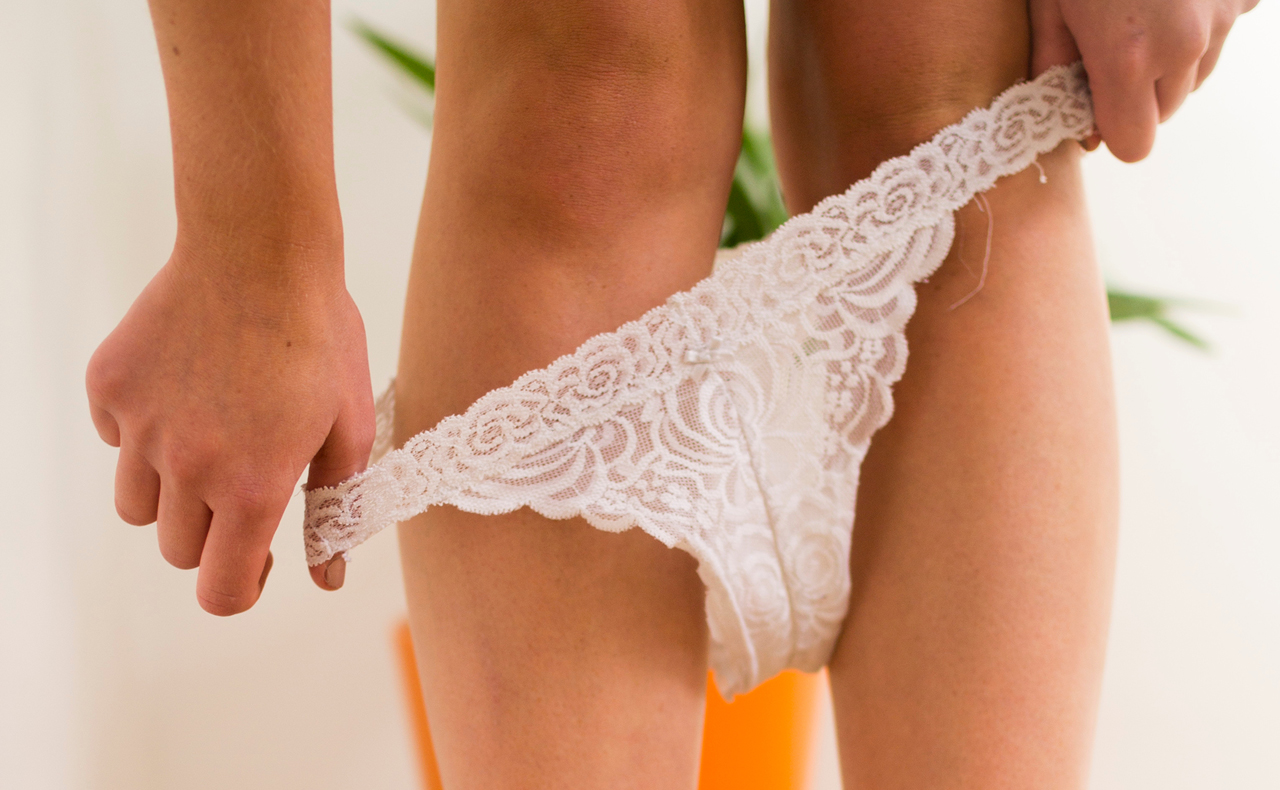Q. What can I do to reduce dark circles under my eyes and puffiness? I’ve tried so many creams and remedies and nothing helps. I’m thinking maybe it’s just hereditary and nothing will help?
“It’s true that dark circles and puffiness can be hereditary and congestion of the blood vessels around the eyes can cause a ‘panda bear’ look. They can also relate to inadequate sleep, lymphatic congestion and issues with the liver. Some remedies to help counteract dark circles and puffiness include: Minimising sun exposure, cold compresses to the eye area, adequate sleep and less salt in the diet. In relation to creams and ointments I spent nearly five years formulating our Mukti Organics Age Defiance Eye Serum ($104.95, muktiorganics.com) with meticulously researched ingredients designed to soothe and calm the eye area.” – Mukti, Founder of Mukti Organics
“For immediate results try using an eye cream and/or foundation that contains optical light diffusers, they act like microscopic mirrors on the skin surface and by reflecting the light they can dramatically reduce the appearance of dark circles (they don’t actually physically lighten your dark circles). You can also apply a light application of concealer placed under the eyes (make sure it is not too matte as this can accentuate fine lines) to lighten the area.” – Emma Hobson, Education Manager for the International Dermal Institute and Dermalogica
Q. We’re all focussed on how to look after our ageing skin, but what about young skin? My daughter is approaching her teens and I want to set her up with a good skin care routine now so she’s not playing catch-up in her late thirties, like I am. How do I do that? What should every young girl’s BASIC skin care routine look like?
“I’d suggest an easy four or five step approach: Cleanse, tone, treatment product and moisturiser with SPF and exfoliate at least a couple of times per week.
RELATED: The best products for pimple prone skin
RELATED: Proactive launches at Priceline
RELATED: The natural ingredient every skin type will love
Focus on the following;
- Be diligent with the cleansing routine both a.m. and p.m. as it is as important as brushing your teeth! The majority of teens don’t cleanse their skin thoroughly enough, good cleansing can help reduce skin congestion. I’d advise a clay-based cleanser, these are fantastic at removing excess skin oil and deep cleansing the skin, they can be used also as a mini face mask. Alternatively use a soap-free facial wash that is balanced to the pH of the skin. By cleansing the skin you ensure it remains healthy, clean and smooth and you have a fresh ‘palette’ to apply the remainder of your skin care.
- Exfoliation helps keep the skin from becoming congested. Exfoliate two to three times per week to remove dirt, debris, excess sebum and dead skin, and prevent blockages. It will help keep a smooth texture and eradicate the bumps (underlying congestion). Salicylic acid is a fantastic great ingredient to look out for if you’re prone to blackheads and congestion. It works by releasing congestion in the follicles. If the skin is free from inflamed spots then you can use a scrub two to three times a week to keep the skin smooth and clear of debris. That said, it is important to avoid scrubs if you have sensitive skin as they can irritate, or if you have spots as they can spread the infection. Never over exfoliate, it can sensitise and irritate the skin and cause more breakouts than less!
- A bit of extra help: Try using a topical skin clearing (mattifying) product during the day and/or a night-time lotion that works hard to decongest the skin whilst you sleep. Also there are some great sebum clearing masks that you can apply once or twice a week. Often teens think because their skin is so oily they should avoid using a moisturiser … wrong! Use a protective moisturiser that has sebum regulating ingredients and antibacterial ingredients so your skin is protected at the same time as the ingredients get to work on improving the condition of your skin.” – Emma Hobson, Education Manager for the International Dermal Institute and Dermalogica
Q. What ingredients should you look for in products to improve skin pigmentation? I’ve tried many different products but nothing really seems to help. I think my pigmentation is caused mainly by the pill and sun exposure. I’ve heard vitamin C and vitamin A are meant to be beneficial?
“There are some fantastic products on the market which target excess pigmentation of the skin such as serums and concentrates, or ranges of products all designed to address pigmentation. The most effective skin brightening ingredients available are:
- Oligopeptide 34 and Oligopeptide 51
- Phytic acid
- Zinc glycinate
- Red and brown algae extracts
- Lactic acid
- Niacinamide
- Licorice”
– Emma Hobson, Education Manager for the International Dermal Institute and Dermalogica
Q. Can eyebrow waxing over time reduce the elasticity of your brow skin?
“In theory if you ‘tug’ and ‘pull’ the skin too aggressively then yes it could, hopefully in practice a professional therapist would be more cautious and prevent this from happening.” – Emma Hobson, Education Manager for the International Dermal Institute and Dermalogica
RELATED: The key to younger looking eyes
RELATED: Everything you need to know about retinol
RELATED: Eat your way to firmer skin
Q. There are so many anti-ageing creams on the market. Can they really work and if so, what ingredients must it have to make us look younger?
“Sadly no miracle creams are yet to make wrinkles ‘disappear’. What you can expect from active anti-ageing products is to reduce wrinkle depth and improve skin smoothness and texture. Some derivatives of vitamin A, eg. retinol are fantastic for this, as are some of the new peptides eg. ARG-LYS polypeptide.
Some great ingredients are:
Retinol 0.1% – Retinols treat ageing skin and diminish the signs of photo ageing. They speed cell turnover and cell renewal rates, as well as stimulate collagen formation.
Magnesium ascorbyl phosphate – Being a non-acidic, it is a stable form of vitamin C that stimulates collagen formation in the skin while providing antioxidant protection, inhibiting melanin formation and inhibiting MMP enzymes that contribute to collagen degradation.
Glucosamine HCL – Fights AGEs while stimulating hyaluronic acid and collagen formation in the skin.
Palmitoyl tretrapeptide-7 – For deeper fortification of collagen structure. They stimulate collagen and work similarly to retinol and vitamin C, while helping skin restructure the extracellular matrix.
Niacinamide – Contributes to the effect of lightening the skin without impairing skin health.
Peptides – Strengthens and stimulates collagen and elastin.
Vitamin E – Smooths the skin.
Hyaluronic acid – Provides intense skin hydration.
Yeast extract – Helps stimulate wound healing, collagen formation and increases oxygen utilization in skin.” – Emma Hobson, Education Manager for the International Dermal Institute and Dermalogica
Q. What creams should we use for keeping the skin around our eyes looking healthy and beautiful as we grow older? I know there’s a lot of skin care products out there, but for eyes, are there any special ingredients to look for?
“The eyes are the first place we begin to see the signs of age-related concerns, as the skin is fine and there are very few oil glands and supporting structure. I recommend a serum over a cream or anything too heavy.
Some ingredients I would look for would be the following specific peptides:
Argireline – Anti-wrinkle peptide that smooths the skin and expression lines by destabilising the SNARE complex.
Eyeseryl – Anti-eye bag and anti-dark circle activity with a draining and decongesting effect.
Hyadisine – Provides immediate and long-lasting moisture and works in the same way as hyaluronic acid to improve wrinkle appearance.
Serilesine – A firming active that promotes double cellular activity on both the keratinocytes and fibroblasts, having a densifying and restructuring effect.
As well as coenzyme Q10, and vitamins C and E.
I also incorporate native Australian extracts into all our formulations as they contain a plethora of antioxidants, vitamins and minerals in bioactive quantities due to the method in which they are extracted.” – Mukti, Founder of Mukti Organics
Did you learn something new from these experts’ answers? Are there any other questions you’d love to ask?





I will exfoliate more and use cream more.
Good and interesting reading BH.
Benjamin1123, two posts below marked as spam.
Some good advice there.